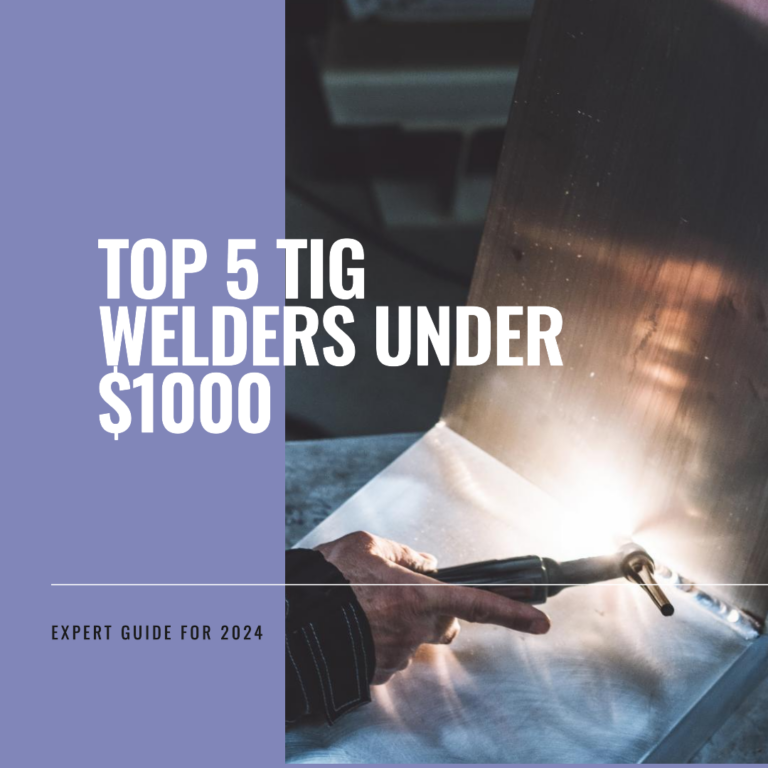Welding is a process of joining two or more pieces of metal or plastic by applying heat, pressure, or both. Welding can be done using different methods, such as arc welding, gas welding, resistance welding, laser welding, and ultrasonic welding. Each method has its own advantages and disadvantages, depending on the type of material, the thickness, the shape, and the desired quality of the weld.
Welding machines are devices that provide the power and control for welding operations. They can vary in size, capacity, features, and price. Choosing the best welding machine for your needs can be challenging, especially with so many brands and models available on the market.
To help you make an informed decision, we have compiled a list of the top 14 welding machine brands in 2024, based on their reputation, quality, performance, customer reviews, and innovation. We have also included some key factors to consider when buying a new welder, such as the type of welding, the duty cycle, the input voltage, the output amperage, the weight, the warranty, and the price.
List Top 14 best brand welding machine
| Brand | Best For | Type of Welding | Average Price |
|---|---|---|---|
| Miller Electric | Professional and industrial use | MIG, TIG, Stick, Flux-Cored, Multiprocess | $1,500 – $5,000 |
| Lincoln Electric | Hobbyists and beginners | MIG, TIG, Stick, Flux-Cored, Multiprocess | $500 – $3,000 |
| ESAB | Versatility and portability | MIG, TIG, Stick, Flux-Cored, Multiprocess | $800 – $4,000 |
| Hobart | Value and reliability | MIG, TIG, Stick, Flux-Cored | $300 – $2,000 |
| Everlast | Affordability and durability | MIG, TIG, Stick, Plasma Cutting | $200 – $1,500 |
| Megmeet | Innovation and technology | Inverter Welding, Plasma Cutting | $100 – $1,000 |
| Forney | Ease of use and customer service | MIG, TIG, Stick, Plasma Cutting | $200 – $1,500 |
| Lotos | Functionality and convenience | MIG, TIG, Stick, Plasma Cutting | $200 – $1,000 |
| Eastwood | Quality and performance | MIG, TIG, Stick, Plasma Cutting | $300 – $2,000 |
| AHP | Flexibility and compatibility | TIG, Stick, Plasma Cutting | $300 – $1,000 |
| CRUXWELD | Safety and efficiency | MIG, TIG, Stick, Spot Welding, Plasma Cutting | $300 – $2,000 |
| KEMPPI | Design and ergonomics | MIG, TIG, Stick, Multiprocess | $1,000 – $6,000 |
| PANASONIC | Automation and precision | MIG, TIG, Spot Welding, Robotic Welding | $2,000 – $10,000 |
| Fronius | Sustainability and innovation | MIG, TIG, Stick, Multiprocess, Laser Hybrid Welding | $2,000 – $10,000 |
1. Miller Electric

Miller Electric is one of the leading manufacturers of welders and welding equipment. Founded in 1929, Miller focuses on arc welding equipment and supplies for industrial and home use.
In my opinion, Miller makes very high-quality MIG and TIG welders excellent for precision welding needs. Their product lineup offers advanced inverter technology for a smooth, consistent arc in a portable package. I’d choose Miller for aluminum TIG welds or working with sheet metal where you need a crisp uniform bead.
Why buy Miller Welders?
When buying a Miller welder, I look for the Auto-Set feature that makes setup easier by automatically adjusting the settings. I also want to ensure it has multiple voltage settings to handle different material thicknesses.
2. Lincoln Electric

Founded in 1895, Lincoln Electric is a leading global manufacturer of welding equipment, consumables, and cutting products. Lincoln offers an extensive selection of stick, MIG, TIG, flux-cored, and multi-process welders.
In my view, Lincoln Electric makes the best stick welders and excellent MIG welders for hobbyists and professionals alike. Their Power MIG units offer simple single-knob control for easier operation. I’d choose Lincoln for welding thicker steel or if you need portability on the job site.
Why buy Lincoln Welders?
When purchasing a Lincoln welder, I look at the output power to ensure it meets my needs. I also confirm it’s compatible with generators if needed for remote power. Lincoln’s ArcLink communication protocol is useful for monitoring welding metrics.
3. ESAB

ESAB is a leading welding and cutting company headquartered in Sweden. The company offers a wide array of welding equipment including MIG, TIG, stick, multi-process, plasma cutters, and more.
In my opinion, ESAB makes excellent multi-process welders versatile for both MIG and TIG welding. Their Sentinel A50 welder is a great jack-of-all-trades machine. I’d choose ESAB if you need the flexibility to weld mild steel or aluminum with a single unit.
Why buy Esab Welders?
When buying an ESAB welder, I look at the number of connectable drive rolls which makes switching wire gauges easier. I also want basic waveform control for customizing the arc characteristics.
4. Hobart

Hobart is a leading welding manufacturer known for its high-performing welders aimed at hobbyists, DIYers, and home mechanics. The company offers MIG, flux-core, and multi-process welders.
In my opinion, Hobart excels at MIG and flux-core welders for light fabrication and repair work. Models like the Handler 140 are perfect for auto body work or welding up to 1⁄4” steel. I’d choose Hobart for basic home welder needs on thinner gauge materials.
Why buy Hobart Welders?
When purchasing a Hobart welder, I look for their 5-year warranty which protects your investment. I also want to ensure the drive system is rated for constant voltage wire feed for steady arc performance. The color-coding on polarity connections is a nice feature for quick setup.
5. Everlast

Everlast Power Equipment manufactures an economy range of MIG, stick, TIG, and plasma cutting equipment for hobbyists and professionals.
In my view, Everlast offers very affordable options for home garage welders who only weld periodically. Models like the Power TIG 210EXT have surprising welding capability for the low price point. I’d choose Everlast if you are on a tight budget but still want quality equipment.
Why buy Everlast Welders?
When buying an Everlast welder, I look for inverter-based units for lighter weight and portability. I also want to ensure the model has expandable capabilities should your needs change over time. For example, adding TIG welding functionality to a MIG welder.
6. Megmeet

Megmeet is a new player in the welding equipment industry catering to DIYers and home mechanics. The company focuses its lineup on MIG welders with a smattering of TIG and multi-process options as well.
In my opinion, Megmeet MIG welders deliver decent performance for light duty welding given the bargain pricing. I probably wouldn’t choose Megmeet for critical structural or industrial applications. But models like the Mig150 are great for basic fabrication and repair around the home garage.
Why buy Megmeet Welders?
When purchasing a Megmeet welder, I look at the duty cycle rating to understand how long I can weld before needing to rest to prevent overheating. I also confirm what thickness of metals the unit can handle for my intended projects. At this price point, don’t expect extensive features but Megmeet delivers the welding necessities.
7. Forney
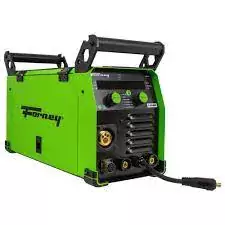
Forney Industries is an American company manufacturing a variety of metalworking products including welders, welding accessories, metal cutting tools, and more. Forney caters to the retail and hobbyist markets with its economy-minded lineup.
In my view, Forney excels at flux core welders for basic fabrication and repair of thinner metals. The Forney 309 is a great 120V flux core welder for home use on steel and stainless. I probably wouldn’t choose Forney for industrial applications, but they provide ample capability for lighter DIY work.
Why buy Forney Welders?
When buying a Forney welder, I look for solid warranty coverage despite the lower prices. I also want to ensure the model has thermal overload protection should the duty cycle be exceeded. Forney machines offer good value if you only have casual welding needs.
8. Lotos
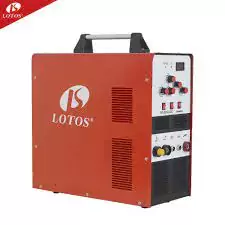
Lotos Technology specializes in affordable MIG, TIG, and plasma cutting systems for DIYers and hobbyists. Despite import manufacturing, Lotos aims to deliver surprising welding capability at entry-level pricing.
In my opinion, Lotos MIG welders punch above their weight class regarding welding performance. Models like the MIG140 can handle 1⁄4 inch steel which is impressive at this price point. I’d choose Lotos if you want an inexpensive machine that doesn’t sacrifice quality.
Why buy Lotos Welders?
When purchasing a Lotos welder, I look at the power output and amperage range to size the model appropriately for my needs. I also check that basic safety features like overload protection are included despite the lower costs. Within its operating range, Lotos welders deliver tremendous value.
9. Eastwood

Founded in 1978, Eastwood offers high-quality auto body tools, DIY welding equipment, specialty paints, and consumables. The company provides MIG, TIG, Stick, and multi-process welders along with a full assortment of welding accessories.
In my view, Eastwood welding equipment is purpose-built with the auto restoration tradesperson in mind. The welders simplify setup while providing control over the welding parameters. I would choose Eastwood for sheet metal fabrication or chassis/frame repair jobs.
Why buy Eastwood Welders?
When buying an Eastwood welder, I look for dual voltage capability allowing me to tap into 120V or 240V power as needed. I also want models with a warrants that reflects my long term investment. Expect to pay more but Eastwood quality is hard to beat.
10. AHP
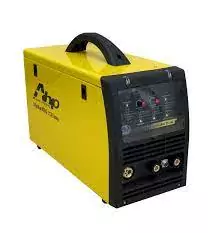
AHP stands for Affordable High Performance, which accurately describes this company’s value-driven lineup of MIG, TIG, and plasma cutting equipment. The brand targets hobbyists and home mechanics in need of a basic welder on a budget.
In my opinion, AHP excels at simple, straight-forward MIG welders for hobbyists new to welding. They provide just enough adjustments without overwhelming beginners. I wouldn’t choose AHP for critical applications, but they are great starter welders to learn on.
Why buy AHP Welders?
When purchasing an AHP welder, I look at the duty cycle rating to understand how long I can weld before overheating is an issue. At this pricing, you trade off extended welding capacity for lower upfront cost. But AHP delivers ample performance for basic DIY needs.
11. CRUXWELD

Cruxweld is an up-and-coming manufacturer of MIG and TIG welders for DIY, automotive, and light fabrication needs. Despite being a new name, Cruxweld aims to deliver quality and performance on par with premium brands.
In my view, Cruxweld offers competitive features and technology like IGBT inverter units on their welders lacking from other economy brands. I would choose Cruxweld if you want advanced capabilities but at budget-friendly pricing.
Why buy Cruxweld Welders?
When buying a Cruxweld welder, I look for models with built-in gas solenoids for easier setup with MIG welding. I also want units that enable quick polarity switching for increased flexibility. Expect favorable performance akin to major market players but without the steep price tag.
12. KEMPPI
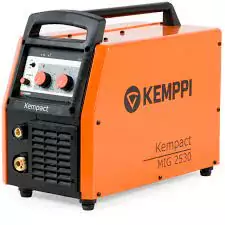
Kemppi is a welding industry leader based in Finland that manufactures advanced arc, MIG/MAG, TIG, plasma, and resistance welding equipment. The company focuses on technology innovations to drive improved efficiency, quality, and performance.
In my opinion, Kemppi makes premium welding equipment for skilled tradesmen and demanding industry applications. Models feature intuitive controls and connectivity aimed at maximizing productivity. I would choose Kemppi for critical structural or pipeline welds needing the highest quality.
Why buy Kemppi welders?
When purchasing a Kemppi welder, I look at the duty cycle rating and amperage output to ensure adequate power for my workload. I also want to ensure the model supports connectivity features for monitoring weld statistics and equipment health metrics. Expect to pay more but Kemppi delivers exceptional capabilities to justify the price.
13. PANASONIC

Panasonic Corporation is a worldwide producer of industrial and consumer electronics products. The company offers an assortment of MIG, TIG, and spot welders for light manufacturing and automation applications.
In my view, Panasonic caters to very specialized niches like micro-joining and robotics. For custom factory solutions, Panasonic has the technology but likely overbuilt for general welding pursuits. I would choose Panasonic solely for automated or precision welding integration needs.
Why buy Panasonic welders?
When buying a Panasonic welder, I check that communication protocols like EtherNet/IP are supported for factory networking. As these are made for OEMs, expect premium pricing but ideal for machine welding applications over manual methods. Panasonic brings expertise but in narrow fields.
14. Fronius
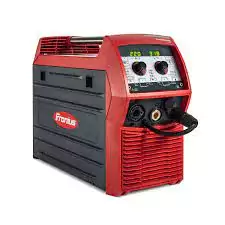
Fronius International GmbH is an Austrian company that develops advanced welding, charging, and solar energy technology. Fronius designs cutting-edge inverter-based power sources for MIG/MAG, TIG, and plasma welding equipment.
In my opinion, Fronius manufactures exceptionally engineered welders focused on reliability and performance. Their units feature intuitive touchscreen interfaces and connectivity options making configuration effortless. I would choose Fronius for mission-critical applications needing utter consistency and precision.
Why buy Fronius Welders?
When purchasing a Fronius welder, I ensure it has a heavy enough duty cycle rating for continuous production environments. I also want connectivity abilities like WiFi or ethernet to remotely monitor diagnostics and track weld data. The premium price tag delivers unmatched quality and innovations ideal for demanding welding settings.
What is Welding?
Welding is a fabrication process that joins two or more pieces of metal or plastic by applying heat, pressure, or both. The heat melts the base materials and forms a pool of molten metal, called the weld pool. The weld pool is then solidified by cooling, creating a strong bond between the joined parts. Sometimes, a filler material is added to the weld pool to increase the strength, durability, or appearance of the weld.
Welding can be done using different methods, depending on the type of material, the thickness, the shape, and the desired quality of the weld. Some of the most common methods are:
- Arc welding: This method uses an electric arc to create heat and melt the base materials. The arc is generated between an electrode and the workpiece, or between two electrodes. The electrode can be consumable, meaning that it melts and becomes part of the weld, or non-consumable, meaning that it does not melt and requires a separate filler material. Arc welding can be further classified into different types, such as metal inert gas (MIG) welding, tungsten inert gas (TIG) welding, shielded metal arc welding (SMAW) or stick welding, flux-cored arc welding (FCAW), submerged arc welding (SAW), and gas metal arc welding (GMAW).
- Gas welding: This method uses a flame to create heat and melt the base materials. The flame is produced by burning a fuel gas, such as acetylene, propane, or hydrogen, with oxygen. The flame can be adjusted to control the temperature, the pressure, and the size of the weld pool. Gas welding can be used for brazing, soldering, and cutting, as well as welding. Some of the most common types of gas welding are oxy-acetylene welding (OAW), oxy-propane welding (OPW), and air-acetylene welding (AAW).
- Resistance welding: This method uses an electric current to create heat and melt the base materials. The current is passed through the workpieces, which are held together by electrodes. The resistance of the materials causes them to heat up and fuse together. Resistance welding can be done with or without filler material, depending on the application. Some of the most common types of resistance welding are spot welding, seam welding, projection welding, and butt welding.
- Laser welding: This method uses a high-intensity laser beam to create heat and melt the base materials. The laser beam can be focused, pulsed, or continuous, depending on the desired effect. Laser welding can produce precise, clean, and fast welds, with minimal distortion and heat-affected zones. Laser welding can be used for thin or thick materials, and for complex shapes and geometries. Some of the most common types of laser welding are laser beam welding (LBW), laser hybrid welding (LHW), and laser keyhole welding (LKW).
- Ultrasonic welding: This method uses high-frequency sound waves to create heat and melt the base materials. The sound waves are generated by a transducer and transmitted through a sonotrode, which vibrates and presses the workpieces together. The friction and pressure cause the materials to heat up and bond together. Ultrasonic welding can be used for metal or plastic materials, and for thin or thick parts. Ultrasonic welding can produce strong, reliable, and consistent welds, with minimal energy consumption and environmental impact. Some of the most common types of ultrasonic welding are ultrasonic metal welding (UMW), ultrasonic plastic welding (UPW), and ultrasonic spot welding (USW).
Advantages of Inverter welding machine over conventional types of equipment
An inverter welding machine is a type of welding machine that uses an inverter circuit to convert the input alternating current (AC) into direct current (DC), and then into a high-frequency AC. The high-frequency AC can be adjusted to match the optimal frequency and voltage for the welding process. An inverter welding machine can also switch between AC and DC output, depending on the type of welding.
- More portable and lighter weight
- Superior arc performance for better welds
- Increased efficiency uses less power
- Generate less heat and noise
- Excellent arc stability
| Type | Common Uses | Skill Level |
|---|---|---|
| MIG Welder | Sheet metal, automotive, home projects | Beginner to Intermediate |
| TIG Welder | Aluminum, stainless steel, precise welds | Intermediate to Advanced |
| Stick Welder | Structural steel, pipe | Beginner to Intermediate |
| Flux-Core Welder | Construction, home projects | Beginner |
An inverter welding machine has several advantages over conventional types of equipment, such as:
- Higher efficiency: An inverter welding machine can reduce the power loss and increase the power factor, resulting in lower energy consumption and cost. An inverter welding machine can also provide a more stable and consistent arc, resulting in higher quality and productivity.
- Lighter weight: An inverter welding machine can use smaller and lighter transformers, capacitors, and inductors, resulting in a more compact and portable design. An inverter welding machine can also reduce the noise and vibration, resulting in a more comfortable and safe operation.
- More versatility: An inverter welding machine can provide a wider range of output frequency and voltage, resulting in a more flexible and adaptable performance. An inverter welding machine can also switch between AC and DC output, resulting in a more compatible and compatible performance. An inverter welding machine can also provide different modes and features, such as pulse, slope, pre-flow, post-flow, and hot start, resulting in a more customized and optimized performance.
My personal recommendations for choosing welding machine brands
The main differences between the major brands like Kemppi, ESAB, Fronius, Miller, and Lincoln have to do with their product lineups, innovations, quality/reliability, and availability of service support. There is no definitive “best” – they all have strengths in certain areas.
When choosing a brand, I would consider what types of welding I plan to do most (stick, MIG, TIG etc.) and pick a brand that is well-regarded for those processes. I’d also think about long-term serviceability – brands like Miller and Lincoln likely have more service centers to support repairs if needed. Budget is important too.
Brands do tend to develop specialties over time. For example, Fronius is known for excellent MIG/TIG welders while Lincoln excels at stick welding. But all offer capable machines across processes. Reliability varies between individual models – it’s not necessarily true that one brand has across-the-board better/worse quality.
When buying a new welder, key considerations beyond brand are duty cycle/amperage range to suit my needs, number of voltage settings, portable vs shop model if relevant, and special features like pulsed MIG or AC/DC capability on TIG welders.
Overall I’d say brand reputation counts for something but shouldn’t be the only deciding factor. The specific welder model specs, price, anticipated welding workload, and availability of local service support also come into play. Testing different machines firsthand and reading reviews of individual models is best if possible.
Final Words of Buying Guide
In closing, choosing the right welder involves weighing factors like intended application, materials to be welded, output power needs, duty cycle requirements, and cost considerations. Leading manufacturers such as Miller, Lincoln, and ESAB deliver exceptional performance and capabilities to match the most rigorous welding jobs. While brands like Everlast, AHP, and Eastwood cater to DIYers and hobbyists on a budget. This guide provides an overview of the top brands across the spectrum—there’s an ideal welder for any metal fabrication need and for welders at any skill level.
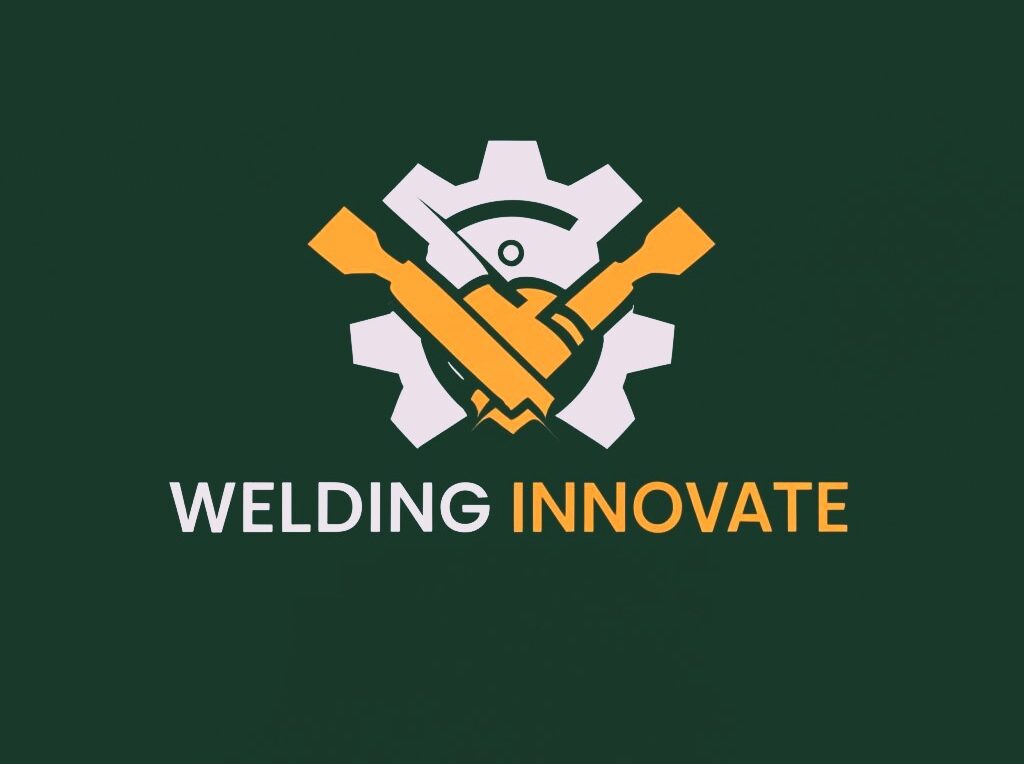
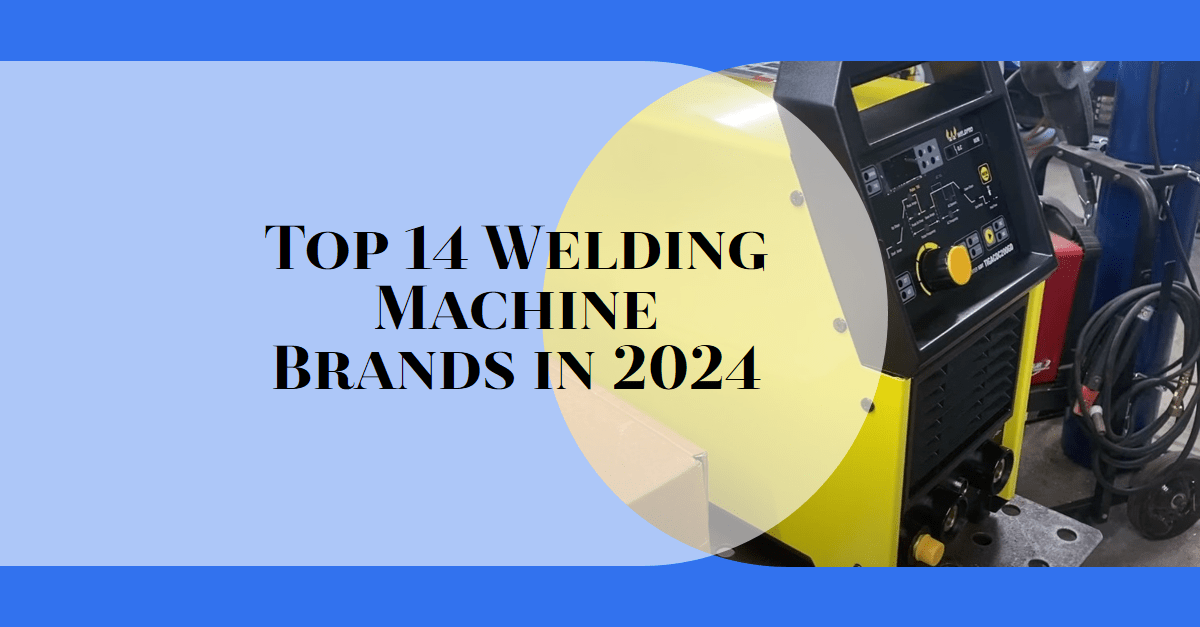

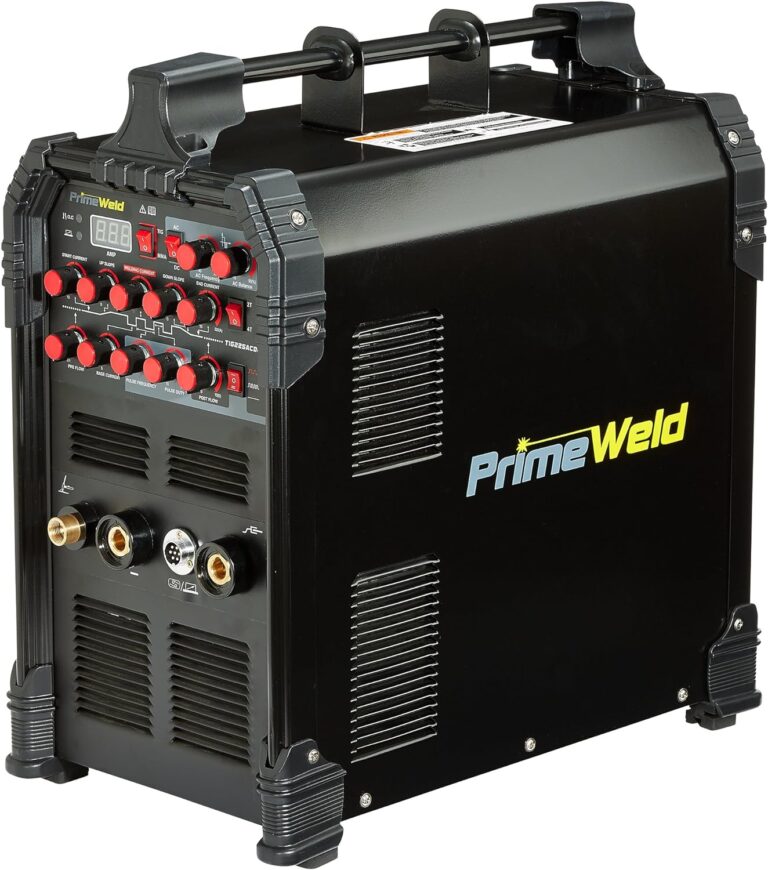
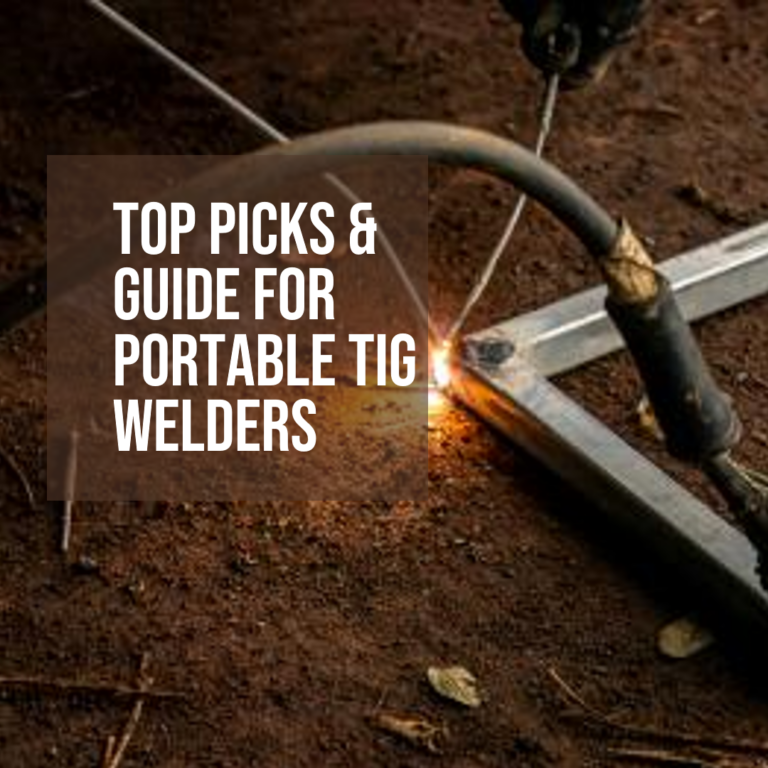
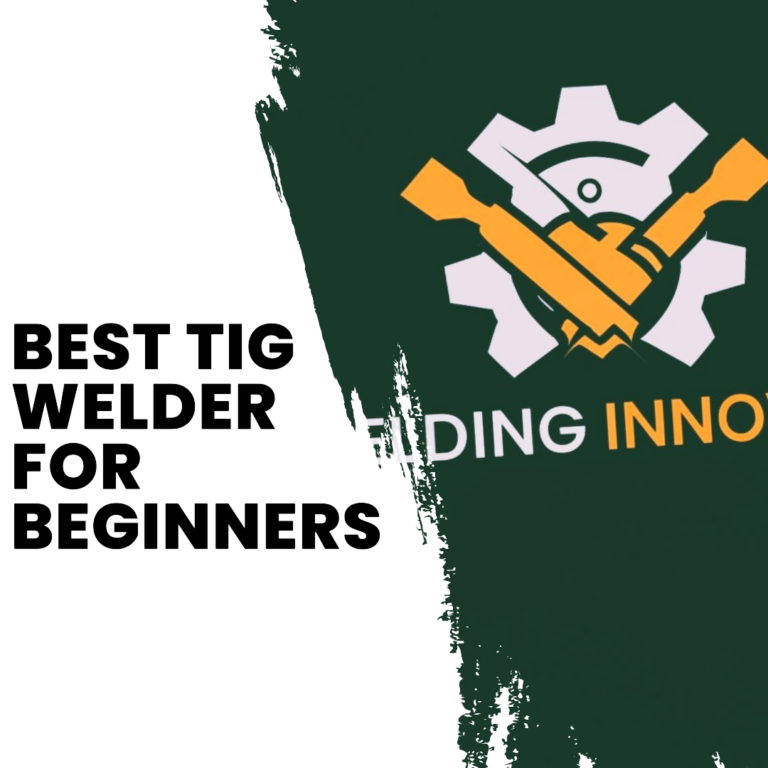
![6 Best Welding Jackets - [Leather Weld Coat] Top Picks 2024 6 Best Welding Jackets – [Leather Weld Coat] Top Picks 2024](https://welding-world-awards.com/wp-content/uploads/2023/11/skrinshot-24-12-2023-234941-jpg.webp)
